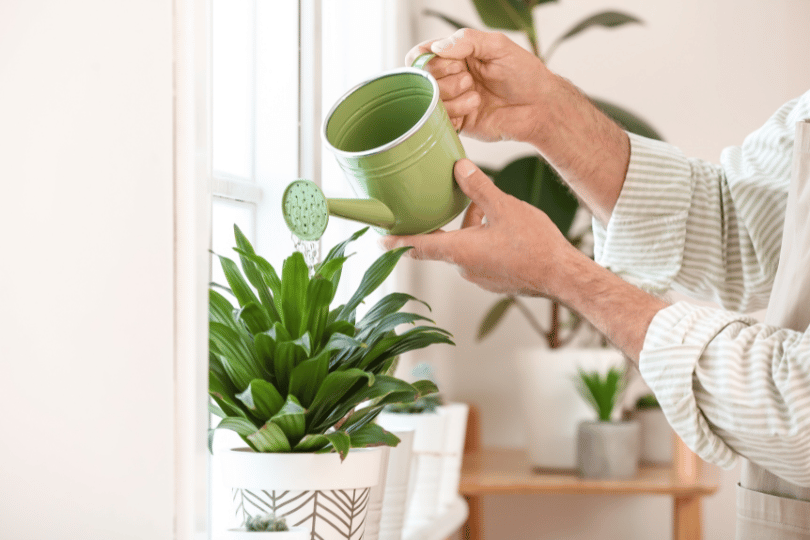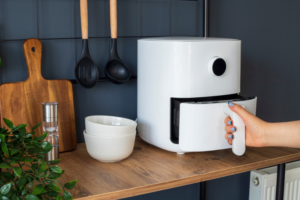Indoor plants bring a touch of nature to your home, but their maintenance can be tricky. One common challenge for plant owners is determining whether their plants are receiving too much or too little water. Here are some signs to watch for and tips on achieving the right balance.

Signs of Overwatering
Yellowing Leaves: Overwatered plants often display yellow leaves. If the leaves are not only yellow but also soft or mushy, it’s likely due to excessive watering.
Root Rot: Overwatering can lead to waterlogged and oxygen-starved roots, causing root rot. If the roots appear brown and emit a musty smell, it’s a clear sign of overwatering.
Wilting: Despite wet soil, overwatered plants may still wilt. This occurs because saturated roots can’t absorb water and nutrients properly.
Leaf Drop: Overwatered plants may shed leaves, both old and new, at an alarming rate.
Signs of Underwatering
Dry Soil: If the soil feels dry to the touch or the pot seems light, it’s a sign that the plant needs water.
Brown, Crispy Leaves: Underwatered plants often develop brown, crispy leaves, especially along the edges.
Slow Growth: If your plant is not growing or growing very slowly, it might be due to insufficient water.
Wilting: Similar to overwatered plants, underwatered plants may also wilt, but in this case, the soil will be dry.
Variability in plant watering signs
While the signs of overwatering and underwatering mentioned above are generally applicable, it’s important to note that not all plants will exhibit these signs. Plants are incredibly diverse, and their water needs can vary significantly based on their species, age, size, and environment.
Striking the Right Balance
Know Your Plant: Different plants have varying water requirements. Some prefer their soil to dry out completely between watering, while others thrive in consistently moist soil.
Check the Soil: Before watering, assess the top inch of the soil. If it’s dry, it’s time to water.
Water Thoroughly: When watering, ensure thorough saturation, allowing water to drain from the bottom. This ensures proper hydration for the entire root system.
Consider the Environment: Factors like light, temperature, and humidity influence a plant’s water needs. Plants in brighter, warmer, or drier environments may require more frequent watering.
Remember, practice makes perfect. Over time, you’ll learn to understand your plant’s needs, ensuring their health and happiness.

















Leave a Reply